
How to grow papaya in pots, fruit is heavy, big and sweet

How to Grow Papaya in Pots — Abundant, Sweet Fruits Right at Home
Did you know you can grow papaya trees in pots and still enjoy bountiful harvests of sweet, flavorful fruit? With the right care, even a small urban balcony can become your mini tropical garden. Here’s a complete guide to planting and nurturing papaya in containers.
🌱 Choosing the Right Papaya Variety
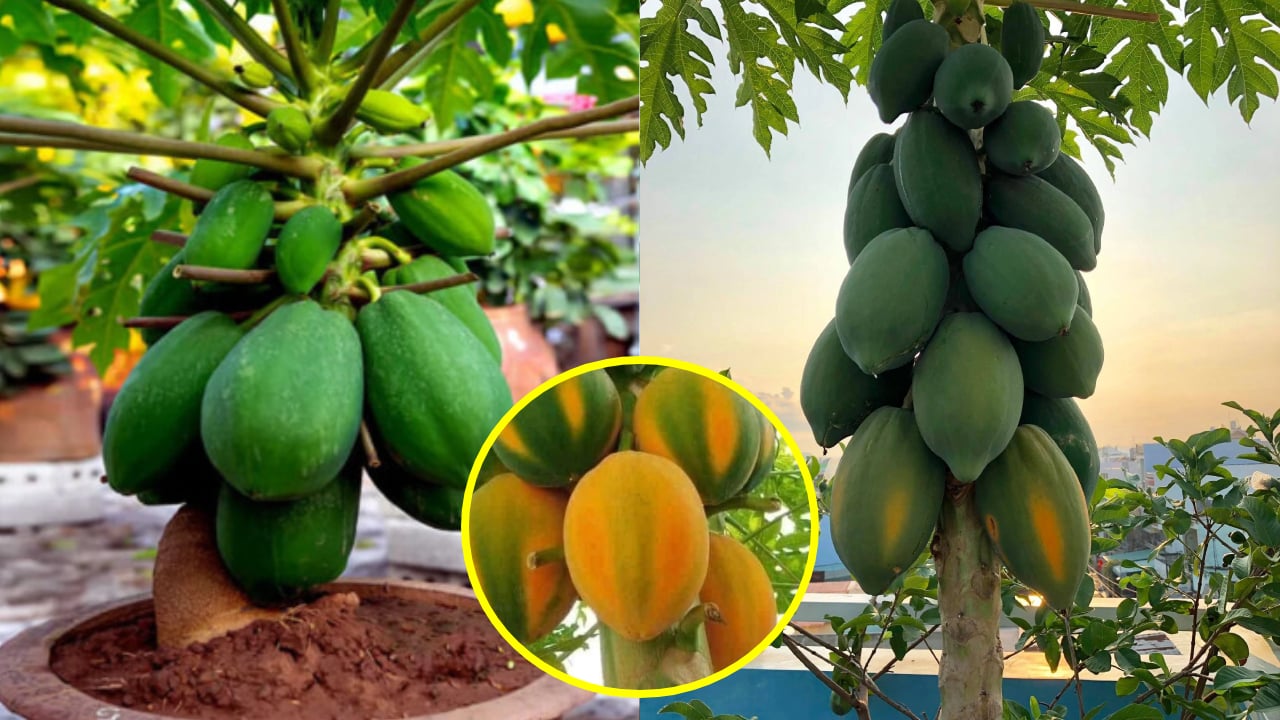
Start by selecting a high-quality F1 hybrid papaya variety. These hybrid papayas are compact, have short internodes, and grow well in limited spaces such as pots or containers. They are hardy plants that can adapt to various weather conditions and still produce many fruits with excellent sweetness and texture.
If you prefer to grow your papaya from seeds rather than buying ready seedlings, choose a fully ripe papaya. Cut off the stem and blossom ends, then scoop out the seeds. Place the seeds in water and remove any that float—they are usually empty or infertile. Keep only the dark, heavy seeds that sink to the bottom. Rinse them thoroughly to remove the sticky coating before germinating.
🌿 Germinating the Seeds
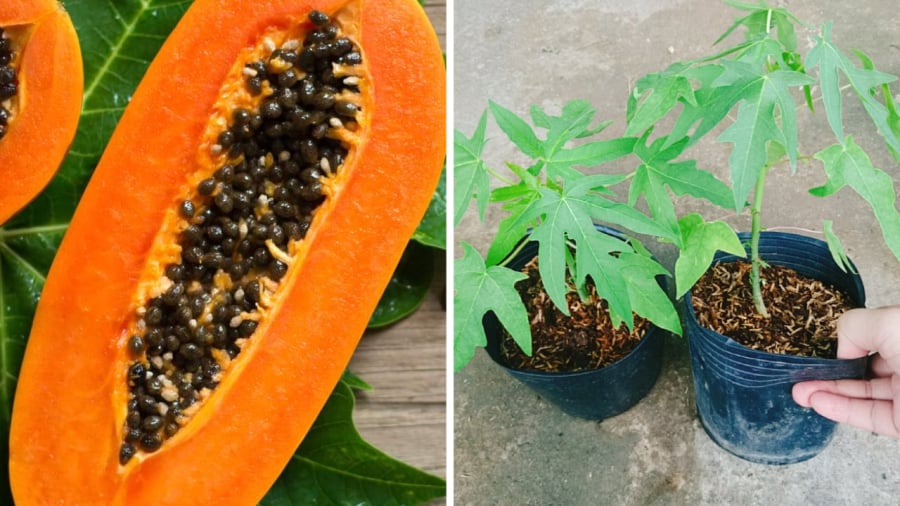
Soak the cleaned seeds in warm water (about 40°C / 104°F) for around 5 hours. Then spread them evenly on a damp cloth or paper towel, cover lightly, and keep them warm and moist for 4–5 days until they begin to sprout. During this period, mist the seeds daily to maintain humidity.
Once the seeds start to germinate, sow 2–3 seeds in each seedling bag or small pot. In about 15–20 days, the seedlings will emerge. Keep the soil moist but never waterlogged to encourage strong and healthy growth.
If you prefer a faster start, you can buy young papaya seedlings from reputable nurseries. Choose plants about 15–20 cm tall with strong roots, deep green leaves, and thick stems. Female plants typically have a thicker base, slightly tilted growth, and leaves with four deep lobes forming five sections—these are the ones that bear large, sweet fruits.
🌾 Preparing the Soil
Papayas thrive in loose, nutrient-rich, and well-draining soil. You can use store-bought potting mix or make your own by combining garden soil with compost, worm castings, rice husks, or decomposed manure. These organic materials improve aeration and fertility.
Choose a large pot with proper drainage holes to prevent waterlogging, as papaya roots are very sensitive to excess moisture.
🌼 Transplanting the Seedlings
When your seedlings have 4–5 sets of true leaves and reach about 10–15 cm tall, they are ready to be transplanted into larger pots. If you bought seedlings, you can plant them directly after bringing them home.
Water thoroughly after transplanting and place the pot in a sunny, airy area. Papaya loves sunlight, so aim for at least 6–8 hours of direct sunlight per day.
As the tree grows to around 50–60 cm in height, reduce nitrogen fertilization to prevent the leaves from becoming too soft or spongy. Instead, focus on maintaining steady soil moisture without overwatering.
🌻 Fertilizing and Care
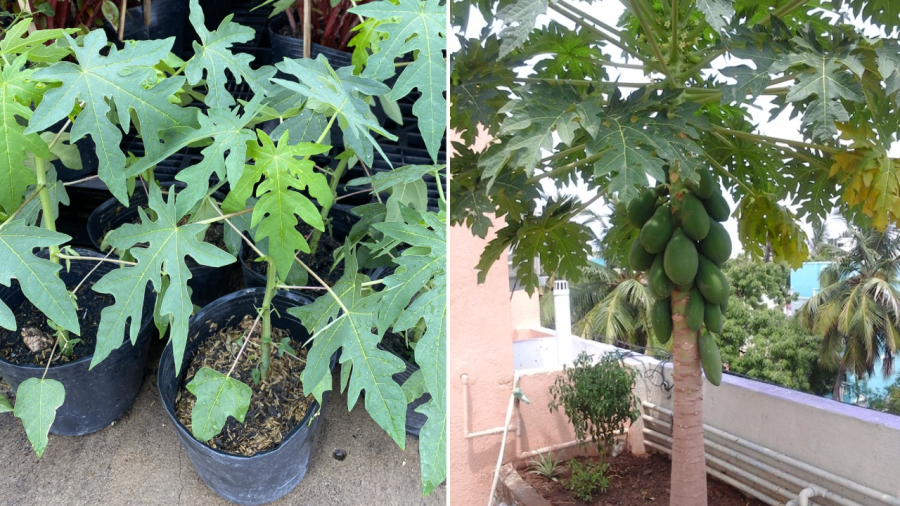
Every 7–10 days, feed your papaya with phosphorus and potassium fertilizers to promote strong root and fruit development. Organic fertilizers such as compost tea or fermented plant juice are also excellent natural options.
Papaya trees are sensitive to wind, so avoid placing pots in open, drafty areas where stems could easily break.
After about 5–6 months, your papaya tree should start to flower. At this stage, adding extra potassium fertilizer will encourage more blossoms, help the fruits grow firm, and enhance their natural sweetness.
🍈 Harvest Time and Seasonal Tips
For the best timing, plant your papayas in March or April if you want to harvest around the Lunar New Year (Tết). If you plant in September or October, the fruits will be ready around July to September of the following year.
With proper care, a healthy papaya tree can yield up to three harvests per year. Regular pruning of yellow or damaged leaves will also help the plant stay healthy and continue producing sweet, golden fruits season after season.
Growing papayas in pots isn’t just rewarding—it’s also a great way to enjoy fresh, organic fruit right at home. With a bit of patience and care, you’ll soon have lush green trees and delicious papayas brightening your garden or balcony all year long. 🌞🍃
News in the same category


Easy Trick Will Defrost Your Car Window in Seconds

Drink 1 of these 5 drinks every morning and cancer will stay away 👇👇

Red beetroot: "Miracle drug" that cures many diseases but not everyone knows 👇👇

The refrigerator gasket is moldy, use this to clean it, it will be clean in just 5 minutes

How to make chicken mixed with Vietnamese coriander that the whole family will love
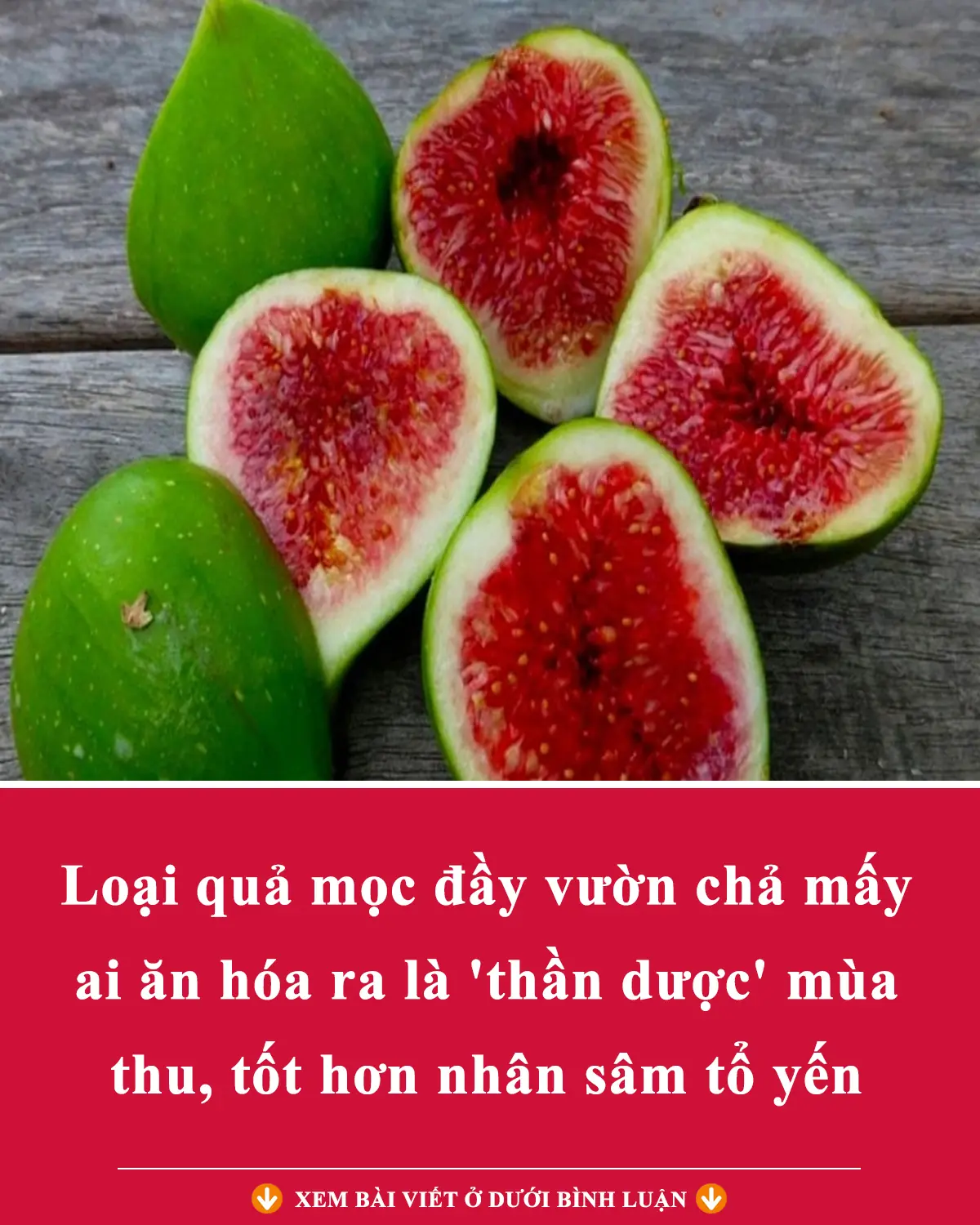
The fruit that grows in gardens and is rarely eaten turns out to be an autumn 'miracle drug', better than ginseng and bird's nest.
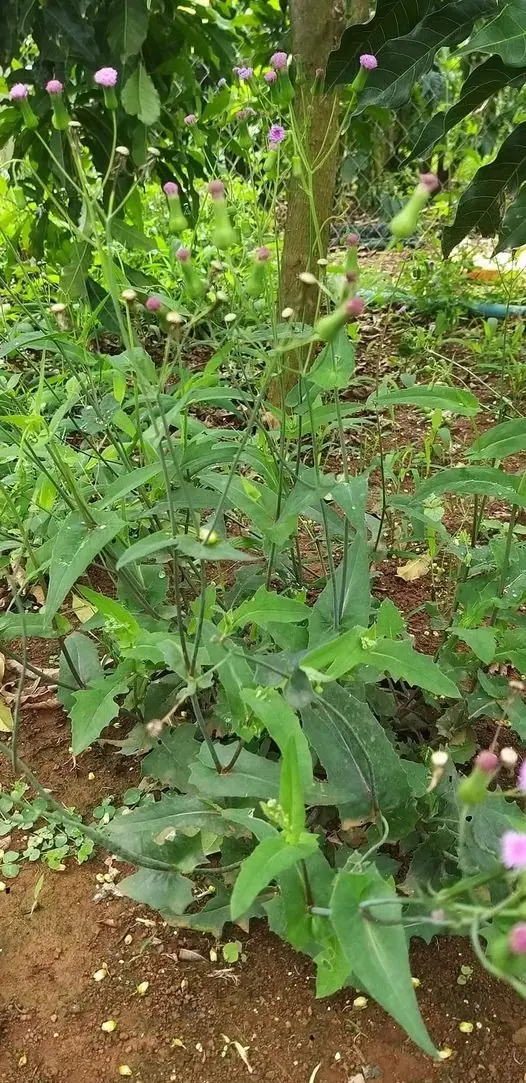
It's been a long time since I've seen this plant. It has good effects but is hard to find.
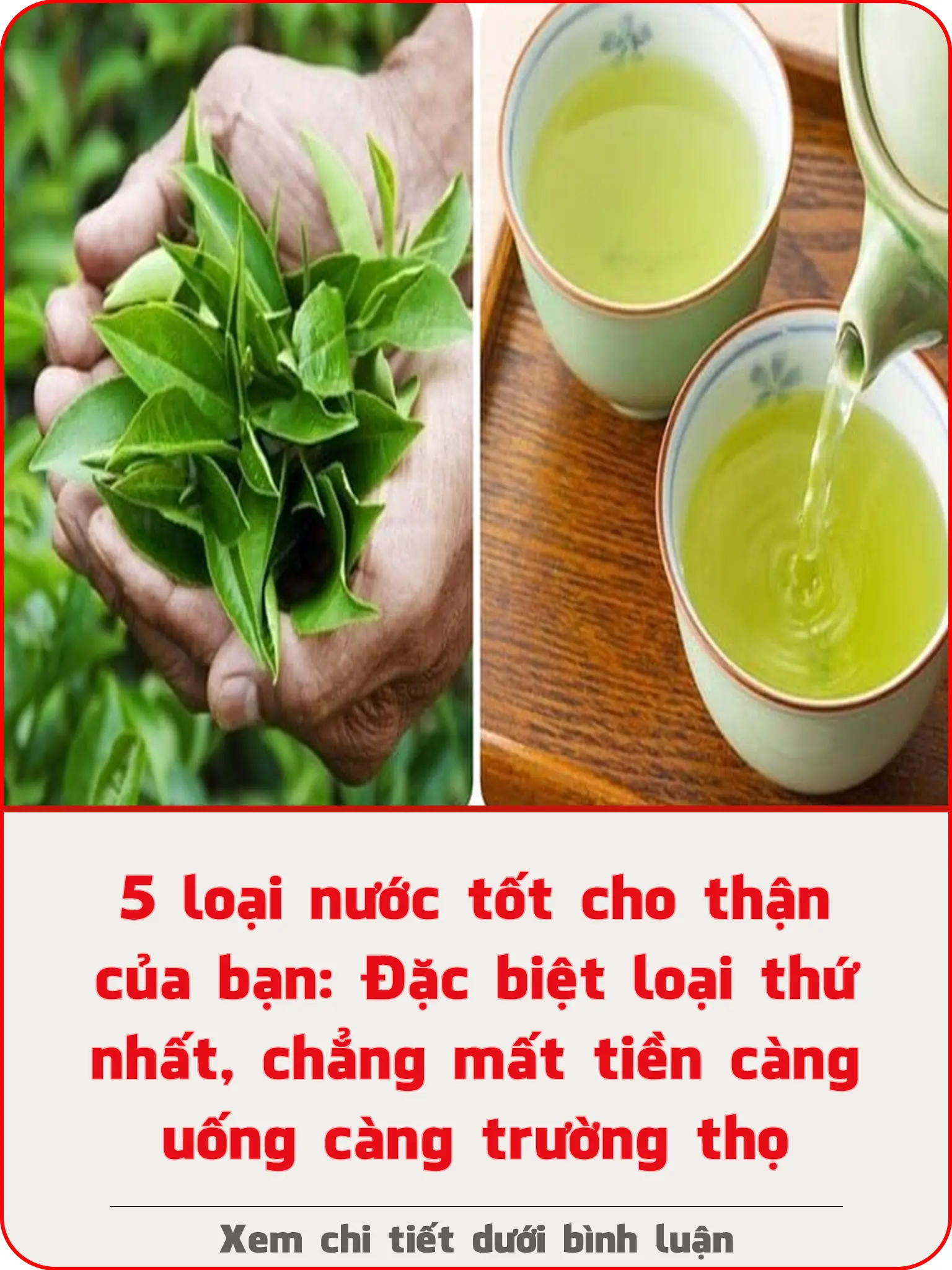
5 types of water good for your kidneys: Especially the first type, it's free and the more you drink it, the longer you live.

How to wash hair with betel leaf water helps reduce hair loss and makes new hair grow continuously

Save millions of electricity bills every year by knowing how to clean this part of the rice cooker
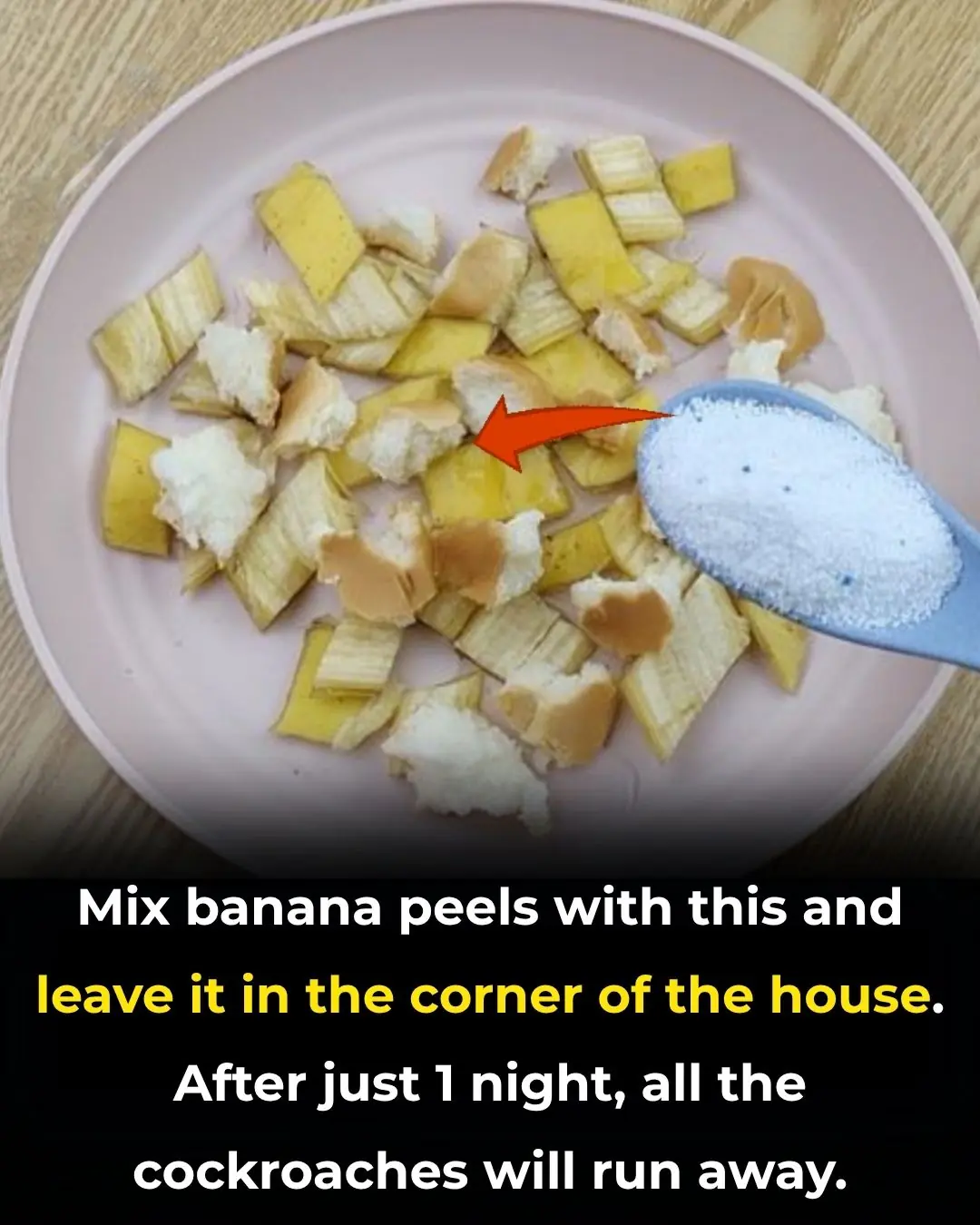
Mix banana peels with this and leave it in the corner of the house. After just 1 night, all the cockroaches will run away.

4 ways to boil chicken without water

Tips to get rid of cockroaches from your house with easy-to-find ingredients that are both effective and extremely safe
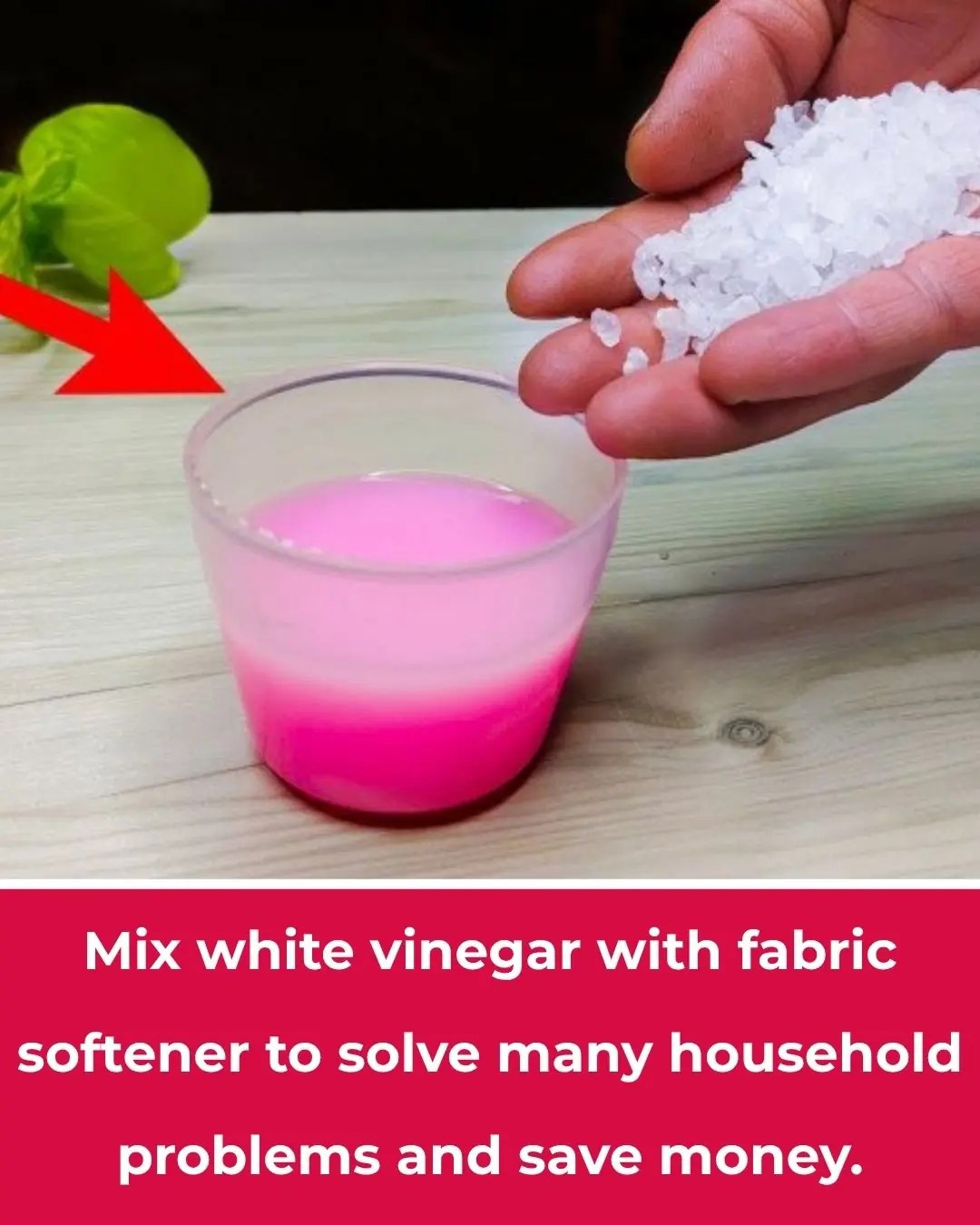
Mix white vinegar with fabric softener to solve many household problems and save money.
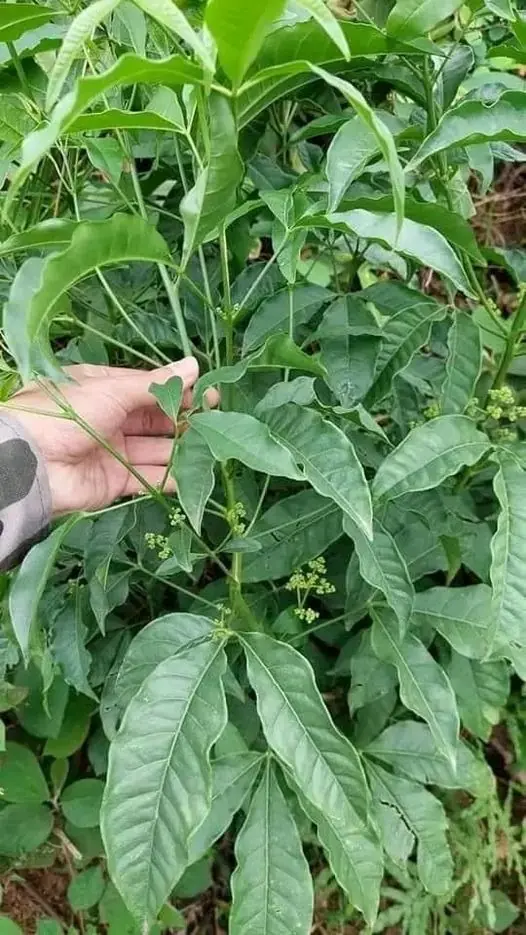
Bitter but very good.

Don't soak frozen meat in water. Listen to the chef's instructions on how to defrost it in 5 minutes and the meat will still be delicious.

Everyone please take care of yourself 👇👇

Don't Just Roll Meat With Betel Leaves - 5 Medicinal Uses Worth More Than Western Medicine!
News Post

Rich Man Humiliates Boy Shining Shoes in Underpass

Easy Trick Will Defrost Your Car Window in Seconds

Netflix loses eye-watering amount of money following Elon Musk’s call to cancel 'woke' streaming service

Nintendo sues Reddit mod for $4,500,000 in shocking lawsuit

Creators of ChatGPT reveal 44 jobs at highest risk of being taken over by AI in future

What Are These Tiny Balls in My Bed

Apple just added a new app to iPhone with iOS 26 and most people have no idea

BREAKING NEWS 🚨 Due To This Draconid Meteor Shower Earth Will Be Badly Effected Because…..See More

A High-Speed Pulsar Has Cracked the Milky Way’s Magnetic “Bone” — Racing Through Space at 2 Million MPH

MY DAUGHTER HAD HER FIRST CHILD—AND TOLD THE NURSES NOT TO LET ME IN

Nose Picking What This Taboo Habit Really Reveals About Us

Prime views of the Andromeda Galaxy and Ceres—October 2

Northern Lights Could Dazzle 12 U.S. States This Week — Best Viewing Through Oct. 8

Vitamin B12 Deficiency Can Wreck Your Health Here’s How to Spot It EARLY

SEVEN TYPES OF PAIN DOCTORS SAY ARE MAJOR RED FLAGS FOR YOUR HEALTH

A Birthday Wish for Violet: A Gift of Life

Abraham’s Fight: A Teen’s Battle Against Bacterial Meningitis

The Boy Who Refused to Let Hunger Win

A Mother’s Prayer — Aleksandra’s Battle to Reclaim Her Life
